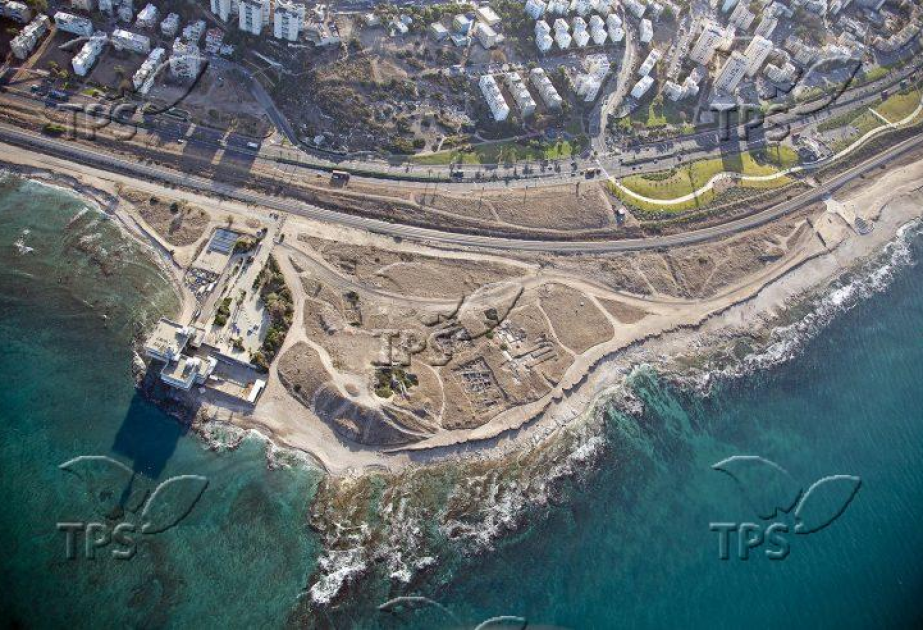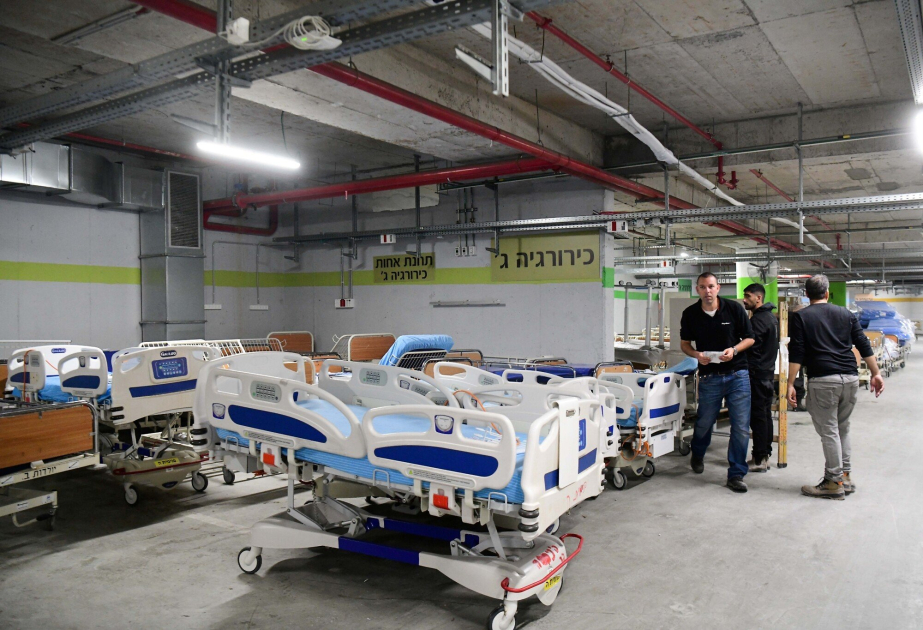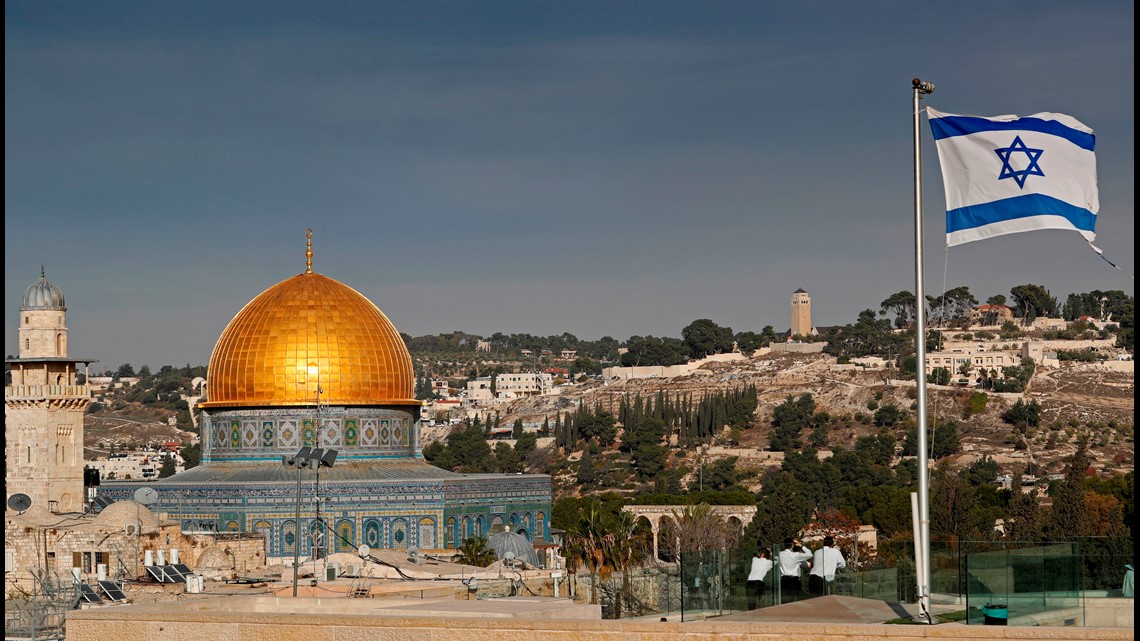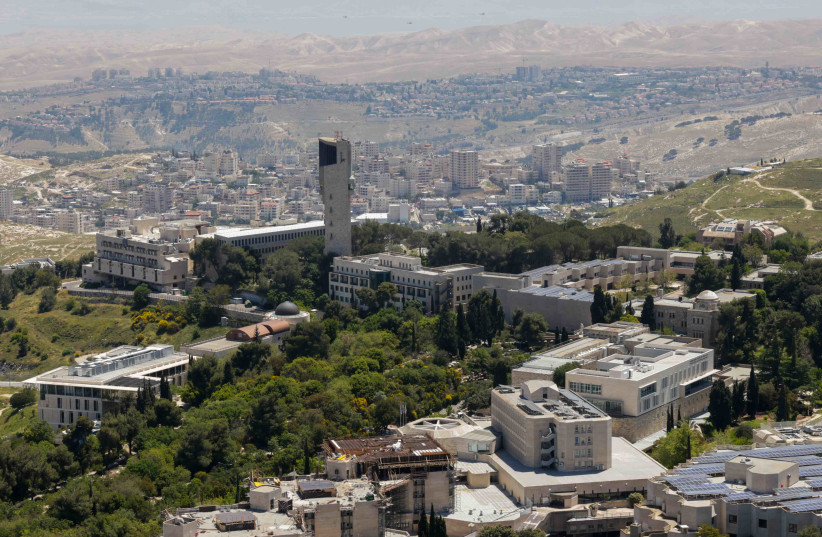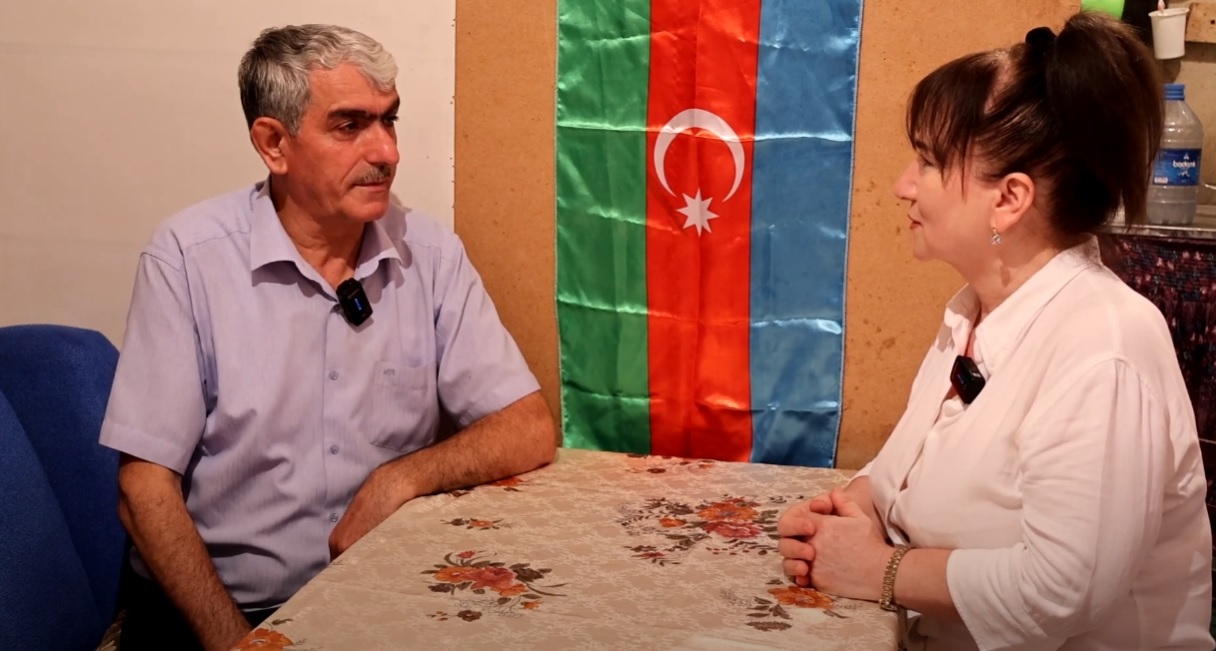Archaeologists have uncovered the first physical evidence of tools used to produce scarlet dye at Tel Shikmona, shedding light on a highly organized, large-scale luxury industry that helped fuel the economic rise of the ancient Kingdom of Israel, according to The Press Service of Israel (TPS-IL).
The findings, detailed in the peer-reviewed PLOS One journal reveal that the coastal site was not just a craft center but a commercial production hub — an operation sophisticated enough to support regional trade, royal patronage, and even the First Temple in Jerusalem.
“This is the first time that we can reconstruct the shape of the tools used in the scarlet dye industry and how they were used in the production and dyeing process,” said Dr. Golan Shlavey, who led the research on behalf of the Zinman Institute of Archaeology at the University of Haifa and the University of Chicago. Alongside Prof. Ayelet Gilboa of the University of Haifa, Shlavey and his team identified large dye-stained clay basins, grinding stones, and other tools that offer direct evidence of the dyeing process during the Iron Age, between 1100-600 BCE.
The site at Tel Shikmona, located on the coast of Haifa, was already known as an important dye production center during the reigns of the Omride and Jehu dynasties. Previous research by Gilboa and Shlavey suggested that scarlet dye was produced there in significant quantities under the control of the Kingdom of Israel. The latest findings confirm that this industry was far more advanced than previously believed.
“The fact that at certain periods at least 16 basins were used simultaneously indicates that Shikmona was a production center on an extraordinary scale for its time,” said Gilboa. Each basin, reconstructed from fragments, stood about a meter high, held approximately 350 liters, and had a diameter of 60-80 centimeters –large enough to submerge full wool fleeces.
The uniform size and design of the vessels suggest standardized production methods and efficient workflows, the researchers said.
“For the first time, we identify a complete production system, in which significant quantities of scarlet dye were produced in dedicated tools that were used to streamline the process,” Gilboa explained.
Scarlet dye, made from the dried bodies of scale insects, was an expensive and prestigious commodity in the ancient world, reserved for royalty, nobility, and religious use. The scale and organization of the Tel Shikmona facility suggests not just local consumption but international trade. The dye may have reached neighboring kingdoms and, the researchers suggest, could have been used in textiles for the First Temple.
Comparative data from other coastal sites — such as Tel Dor, Tel Kabri, and Tzarfata in southern Lebanon — support the idea that similar technologies were used across the region. But Tel Shikmona stands out for providing the earliest and most detailed evidence of a scarlet dye industry operating continuously over several centuries.
“The discovery of the tools used to produce the scarlet is not merely a technical matter that indicates the production process,” said Shlavey. “It provides new insights into the scale of the industry, the scope of trade in luxury goods, and the background to the initiative and economic strengthening of the Kingdom of Israel, which became a significant power in the region. This is actually part of the background to the biblical stories that reflect the power of the Kingdom of Israel in significant parts of this period.”


